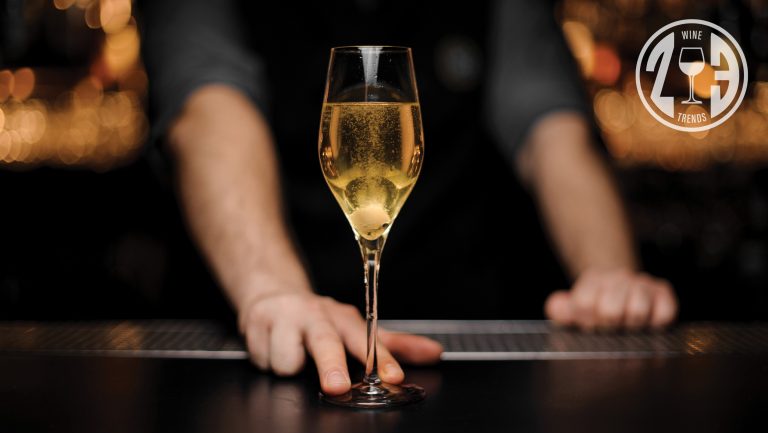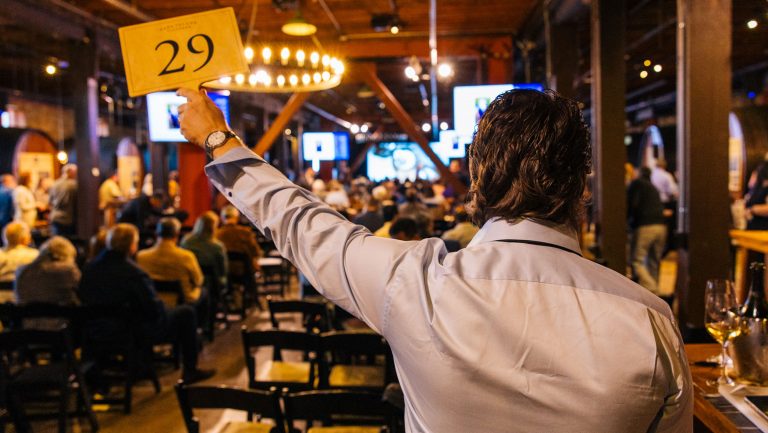For the past few years, the wine world dealt with the global pandemic. Consumers demanded sparkling wine for everyday consumption in the face of adversity, and producers and buyers grappled with the supply chain problems of a worldwide shutdown. But now, the industry is turning to other concerns. The craze in bubbles hasn’t abated, but the planet and the wine-drinking public are changing, and the industry is responding. Winemakers are overhauling practices to take better care of the environment and protect vines from climate extremes, and buyers and consumers are embracing the evolution.
Though baby boomers still dominate the higher end of the market, mainstream wine drinkers have sensibilities different from their parents. “The millennial drive to seek out more value and off-the-beaten-path varieties continues,” says Sarah Trubnick, the wine director and cofounder of The Barrel Room in San Francisco, “while Gen Z is infusing a strong support for sustainability, which applies not only to viticultural and vinification procedures, but also ethical workplace philosophy.”
These forces, abetted by technology, are propelling the wine world forward, shaking up its approach to production, marketing, and sales. Here is what 2023 has in store, according to pros in the field.

Don’t miss the latest drinks industry news and insights. Sign up for our award-winning newsletters and get insider intel, resources, and trends delivered to your inbox every week.
1. Values-Based Winemaking and Purchasing Come to the Fore
There was a time when consumers were unconcerned with monocropping and chemicals, and cares dissolved with the uncorking of a heavy glass bottle. Not anymore. Wine drinkers are asking questions about how grapes are grown, workers are treated, and wine is packaged. They want wines that align with their values, and their values are focused on a sustainable future.
“Due to climate change, undoubtedly trends will highlight wineries that uphold practices that preserve the environment, use fewer pesticides, recycle water, and provide fair treatment to the producers and workers of the vineyard,” explains Nicolás Andrés Martianhes, the sommelier at Manhattan’s Balvanera. “Likewise, wines with low intervention, organic, and biodynamic [attributes] will take center stage due to the growing interest of new consumers whose pillars are based on the betterment of ecology and health.”
On-premise professionals share consumers’ concerns. “For restaurants trying to source farm-to-table fare, sustainable wine is part of the equation, so for a much wider swath of buyers now it is something of importance,” says Alexander Michas, the president and COO of New York-based importer Vintus.

There’s also the story of the person behind the wine. As social justice movements compel the industry to address equity and inclusion, they also inspire consumers to support diverse producers. “It’s been a long, hard road” to recognition for Black and female winemakers, but the interest is increasing, says Bruno Almeida, a wine educator and Portuguese wine advocate. “It’s baby steps, but it’s happening.”
Trubnick sees that recognition as a function of the changing face of wine drinkers. “As Gen Z, the most racially and ethnically diverse generation to date, takes the stage, consumers are keen to support groups that have experienced discrimination historically—read: BIPOC, LGBTQIA+, and female producers,” she says.
Restaurants and retail spaces will cater to this broadening interest—to everybody’s benefit. “People are linking some of their own identity with what they’re looking to buy,” says Cara Patricia, the co-owner of the San Francisco bar and bottle shop DECANTsf, adding that the surfacing of winemakers’ diverse perspectives and experiences “is making wine more exciting.”
2. Emerging Regions Take Center Stage
Marquee locations like Burgundy and Napa have seen fires, frost, and drought. With prices high and supplies limited in those areas, younger winemakers are turning elsewhere to purchase grapes or vineyard land. Buyers seeking bargains for shelves and lists will find them in unsung regions, and consumers will follow pros to new parts of the wine world.
“It’s a difficult, fascinating time, providing a once-in-a-lifetime shift,” notes Lisa Komara, the beverage director at Blackfoot Hospitality in New York City. “As regions become warmer, Sancerres and Burgundies, among others, are drinking differently. This is forcing us to focus on new regions. That’s one of the silver linings: New regions that were struggling can succeed in these new temperate patterns.”
Komara is impressed by Virginia and its Petit Mansengs. Rosemary Walker, the global director of wine at CultureWorks, looks to the Finger Lakes for value, consistency, and approachability. “When a guest asks for a domestic wine, it’s fun to put a place like the Finger Lakes on their radar, especially when they are only familiar with Sonoma, Napa, and the Willamette Valley,” she says.
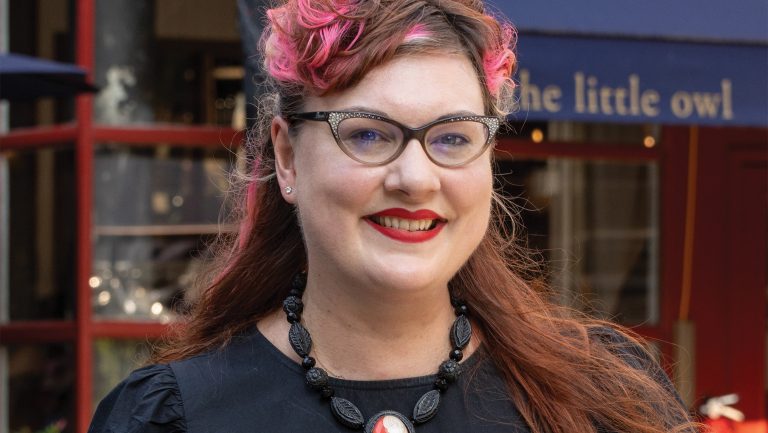
The trend will be similar in Europe, as classic regions that “have remained stagnant for so long,” get shaken up by “innovative producers making incredible wines” in sleeper subregions, says Courtney Wieland, the director of private clients for Thatcher’s Wine. Indeed, Mark Bright, the wine director and co-owner of California-based Saison Hospitality, calls out “the migration to Beaujolais, Mâcon, and Côte Chalonnaise” from Burgundy’s pricier Côte d’Or, while Monte Rio Cellars winemaker and sommelier Patrick Cappiello looks to the Jura and Savoie for “super-lean white wines that aren’t Chablis, which is getting expensive and difficult to get.”
Others mention Lirac for its Clairette, Chinon for Cabernet Franc, Tuscany’s undersung Maremma region, Greece for its crisp whites, and Italy’s Franciacorta for traditional-method sparkling at a fraction of Champagne’s cost. Further east, Hungary, Armenia, Slovenia, and Georgia will emerge, as American consumers rediscover their ancient wine cultures. Then there are the islands. “Sardinia, the Canary Islands, Majorca—we sell a surprising amount of island wine,” says Patricia. “People want a vacation in their glass.”
3. Hybrid and Indigenous Grapes Gain Popularity
“We will see more hybrid varieties, especially in the U.S. We will also see more indigenous varieties overall,” observes Madeline Maldonado, the beverage director at Mercado Little Spain in Manhattan. “These are the results of moving towards a sustainable future.” Ancient, native grape varieties and new hybrids that can handle extreme growing conditions go hand-in-hand with emerging regions.
“Some lesser-known wine regions are proving especially resilient, with indigenous grapes showing the best chances to survive and thrive,” explains Go There Wines cofounder Rose Previte. She name-checks Lebanon’s “delicious” indigenous white grape, Merwah. “It has survived war and upheaval and is now standing up to climate change.”
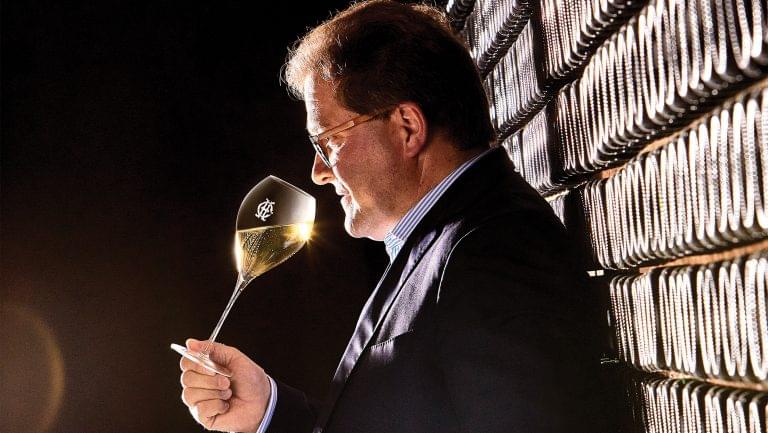
The same can be said for hybrids developed for their resistance to vineyard pests, mildew, drought, and other effects of planetary warming. In the U.S., these grapes are “opening up interesting regions that are attracting consumers’ attention,” says Trubnick. “The University of Minnesota varieties such as Frontenac, Marquette, and La Crescent have been particularly promising,” bringing winemaking capacity to northern states.
Though many hybrids are so new they won’t hit drinkers’ glasses for some years, their cultivation is trending among winemakers. The Comité Champagne is now allowing growers to plant Voltis, a hybrid resistant to the mildew that is an issue in Champagne now. Major houses are betting on the grape. Charles Heidsieck will be planting it in 2023, says chef de cave Cyril Brun, as “a potential answer to global warming and preserving the identity and profile of Champagne.”
4. No- and Low-Alcohol Wines Elbow onto the Shelves
The days of ever-boozier bottles are over. “An increasing number of wine consumers are concentrating on their health and wellness. No- and low-alcohol (NOLO) wines represent a healthier alternative to this demographic,” says Carlos Varela, the CEO of BGPL USA, which has added zero- and low-alcohol French wines like Veuve du Vernay Alcohol-Removed and Listel Pet Nat to its portfolio. “We’re paying attention to the LDA [legal drinking age] Gen-Z consumer and younger millennials, who we see moderating their alcohol intake.”
But it’s not just twentysomethings that are thirsty for NOLO options. “There’s an increase in non- and low-alcoholic wines growing amongst a wider range of people,” notes Lauren Hoey, the lead sommelier at the Hawksmoor‘s New York City outpost.
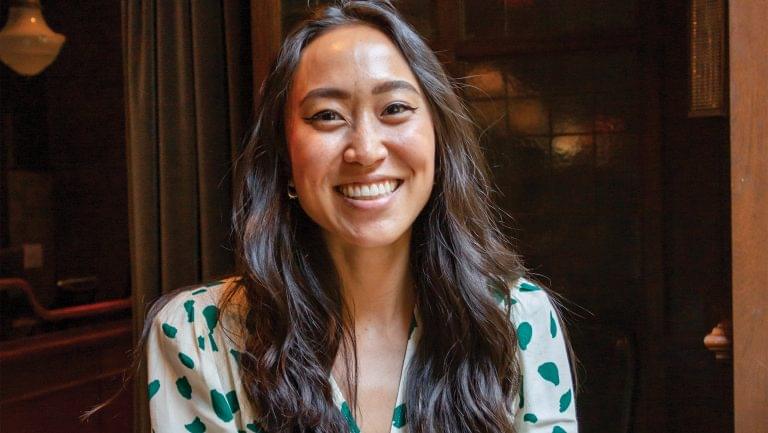
Indeed, Julia Littauer, the founder of the no-alcohol wine Sovi, whose bottles hit stores just in time for 2023, says, “Restaurants are curating no- and low-alcohol beverage sections, including de-alcoholized and non-alcoholic wines, proxies, verjus, and naturally low-alcohol wines, like some sparklings or piquettes.”
5. Ultra-Premium Wines Continue to Rock It
Despite winds of change, at the pinnacle of the market, the weather report is sunny. “The luxury wine market remains vibrant. We’ve seen this straight through the pandemic, and it’s continued,” says Rocco Lombardo, the president of Wilson Daniels. Inflation has Lombardo concerned with overall prospects for the first quarter of 2023, “but I’m not talking in the collectible range of the product,” he says. “Domaine de la Romanée-Conti, Domaine Leflaive, Gaja—those wines will be sold.”
Scott Diaz, the senior vice president of marketing and global brand strategy for Napa Valley-based importer Demeine Estates, concurs: “At the more expensive price points, price increases have been well-received.” With inflation, “consumers are drinking less but drinking better. We see fine wine bucking all of the trends.”
In fact, ultra-premium wines have been teflon for a while. “The general trend is a very healthy fine wine market since about 2016 in terms of price performance,” says Robbie Stevens, the Americas territory manager for Liv-ex.
It’s one of the ironies of climate change. Vintages have suffered disaster, but warming temperatures—along with improved vineyard management—have also assured more consistency in ripening, and better wines overall, than in the past. “If you look at the ’60s, ’70s, and ’80s in Piemonte, Burgundy, and Bordeaux, you were lucky to have three or four good vintages in a decade, but now every year is great,” notes Lombardo.
Couple that with the fact that the world’s richest people got richer during the pandemic, and “what the market saw was this huge increase in demand from private clients and drinkers, who sat at home drinking more wine,” says Stevens. The middle class, too, “had more disposable income” from money they would have spent on vacations and other experiences. “There was a huge increase in the depth and breadth of wines people were buying and selling,” he says.

6. The Wine World Embraces Technology to Drive Sales
Marketing sustainability, selling new regions and unfamiliar grapes, establishing whole categories, and trading collectible bottles—all these activities nowadays rely on technology for success. That’s especially true when the target audience grew up in the Internet age.
“Consumers who are 35 are starting to come into higher income brackets. At the forefront, exaggerated by COVID-19 consequences, is digital engagement,” says Michas. “If you’re short-staffed at a restaurant or retailer, who’s telling your customers about the wines? QR codes on labels, signage—How do you present the information? Wineries are creating videos, and investing in better websites and social media. The marketing—or lack of marketing—of 25 years ago isn’t good enough anymore.”
Wine clubs and online subscriptions will continue their relevance. Though some, such as Naked Wines and Winc, got dinged by the economy and the return to on-premise dining, both Vanessa Conlin, the head of wine for Wine Access, and DECANTsf’s Patricia report sign-ups are better than ever. “It’s become easier to discover and learn about wine without ever leaving the house,” says Conlin.
The most successful DTC efforts will combine storytelling with smart tech. “Today’s wine consumers are looking for a connection between the wine they are drinking and the people who create it. Whether it’s via video, Zoom, or in person, their stories and passion help translate what is in the glass,” says William Sherer, MS, of Elyse Winery in Napa Valley. Tech is a vehicle for delivering the “authenticity of place and people” that contemporary drinkers crave.
With all these things trending this coming year, the wine world is taking on the realities of farming, sales, and marketing in the 21st century. That’s good news. Amid uncertainties in the economy, an evolving consumer base, and the vicissitudes of climate change, the industry is building its resilience.

Dispatch
Sign up for our award-winning newsletter
Don’t miss the latest drinks industry news and insights—delivered to your inbox every week.
Betsy Andrews is an award-winning journalist and poet. Her latest book is Crowded. Her writing can be found at betsyandrews.contently.com.

